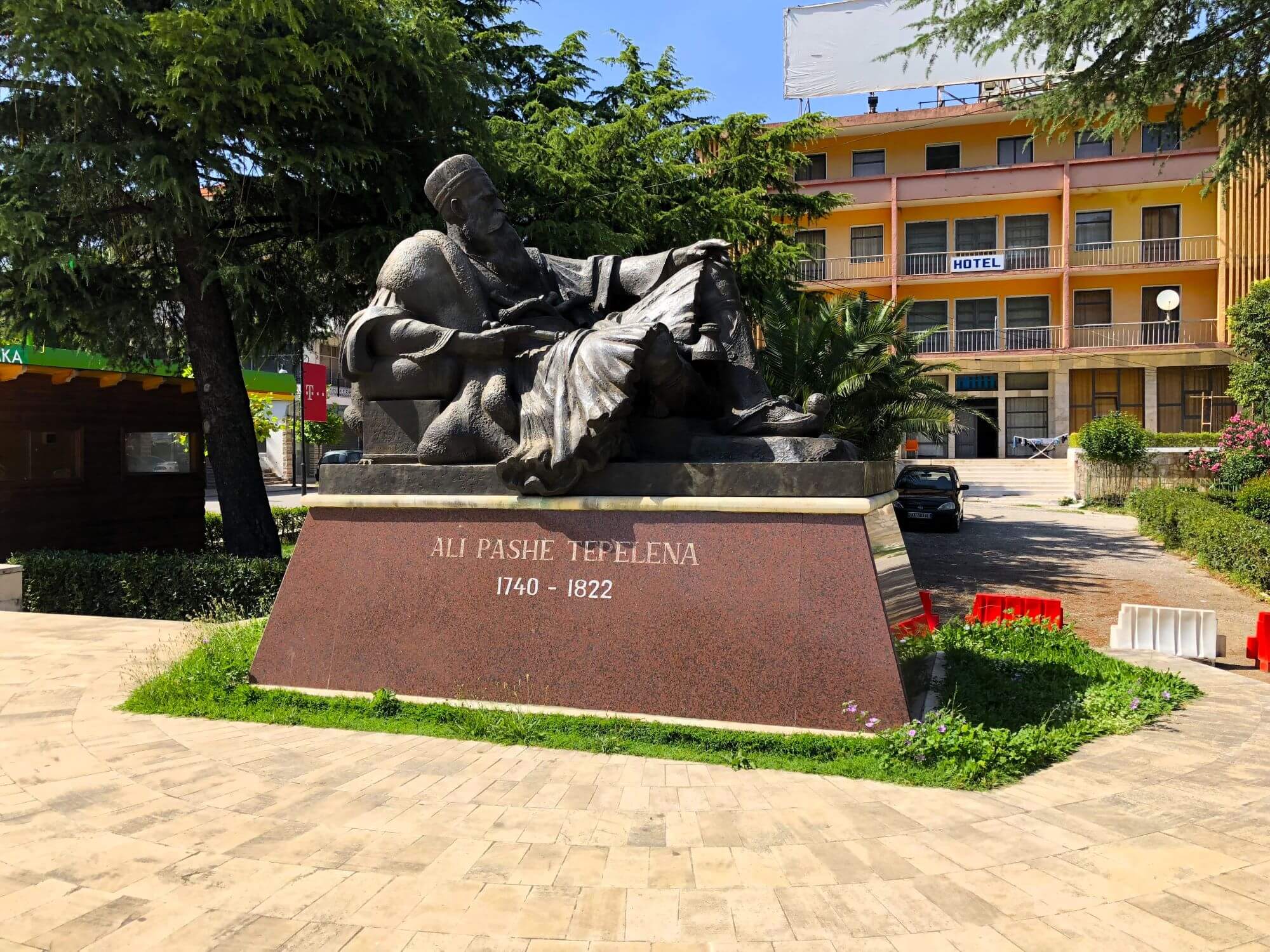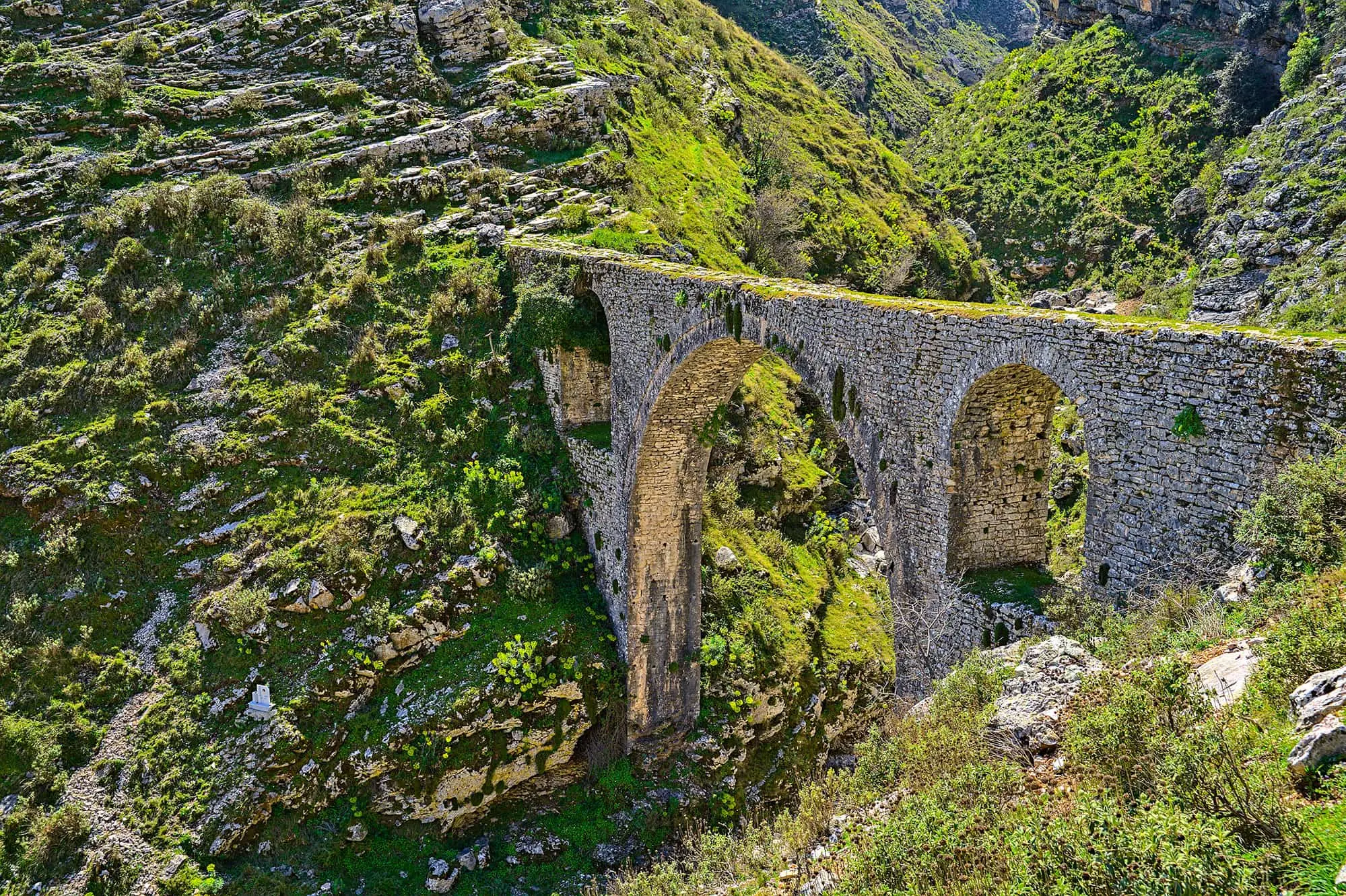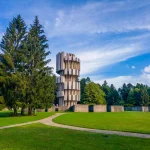Traces of the military leader Ali Pasha of Yanina – from Tepelena to Butrinit
When speaking of Albanian history at the end of the 18th and beginning of the 19th century, it’s hard to overlook a name that outlived all contemporary borders: Ali Pasha of Tepelena, also known as Ali Pasha of Ioannina or simply the military leader Ali Pasha. This charismatic and controversial ruler was not only a symbol of military power but also a visionary who left behind architectural traces of strength, strategy, and ambition. His constructions, from fortresses and palaces to bridges, still stand today as silent witnesses of a time when Albania was at the center of the political and cultural game in the Ottoman world.
WHO WAS ALI PASHA?
Born in 1740 in Tepelena, in the heart of southern Albania, Ali Pasha came from the local Muslim aristocracy. In his youth, he experienced poverty and the loss of his father, but through his ambition, cunning, and military skill, he quickly carved a path to power. Appointed as the Pasha of Ioannina, he eventually ruled over much of present-day Albania and northwestern Greece, almost as an independent ruler. He was both ruthless and visionary, known for his alliances, betrayals, and architectural undertakings that redefined the region.

Ali Pasha Tepelena, Photo: Patrick Muller, CC BY-NC-ND 2.0.
BUILDER ALONG THE ALBANIAN COAST
Ali Pasha was not an ordinary military commander. He built strategically to secure control over coastal and trade routes, but also to demonstrate his power. His fascination with architecture and fortifications is visible in every stone laid in his name.
TEPELENA, THE BEGINNING OF THE STORY
In his hometown, he built one of his first significant fortresses, meant to protect the interior of southern Albania. Although not in perfect condition today, the remains of its walls still testify to the young Ali Pasha’s ambition to make Tepelena a stronghold.
PORTO PALERMO CASTLE
On the picturesque Ionian coast, not far from Himara, lies the Porto Palermo Castle. Located on a small peninsula, this fortified complex served as both a military base and a prison. Its triangular shape and commanding sea view reflect Ali Pasha’s strategic brilliance. Today, it stands as one of the most recognizable symbols of his rule.

Porto Palermo Castle, Photo: Studio Darek Depositphotos
THE CASTLE IN BUTRINT
Near the archaeological site of Butrint, Ali Pasha commissioned the construction of a castle that guarded the marshy estuary and maritime approaches. Though not large in size, the fortress was built with a military purpose — surveillance and control. Its proximity to ancient Roman ruins creates an intriguing contrast between the two historical worlds.
ALI PASHA’S BRIDGE IN GJIROKASTËR
Although not a fortification in the traditional sense, the bridge bearing his name in Gjirokastër symbolizes Ali Pasha’s engineering spirit. This aqueduct was part of a complex water supply system, and the fact that it still partially stands today is a testament to its durability and long-term design.

Ali Pasha bridge, Gjirokaster, Photo: Darkdriver, Dreamstime
BEYOND BORDERS: IOANNINA AND EPIRUS
Ali Pasha’s ambition did not end at the borders of present-day Albania. The greatest symbol of his power outside Albania is undoubtedly the castle in Ioannina, in today’s Greece. Here he had his seat of power, a lavish palace, and a military fortress. For Ali Pasha, Ioannina was more than a capital. It was the stage for his political maneuvers, cultural ambitions, and ultimately his final stronghold, where he was executed in 1822 by order of the Sultan.

Castle of Ioannina, Photo: lefpap Depositphotos
Ali Pasha of Tepelena was much more than a local ruler. He was the architect of a political and cultural vision. His constructions, scattered from the mountainous interior to the shimmering Ionian coast, are not merely monuments of power, but reminders of a time when charisma, the sword, and mortar built history. From Tepelena to Butrint, the traces of the military leader Ali Pasha still linger over the Albanian landscape, and his echo can be heard beyond today’s borders.




Leave a Reply